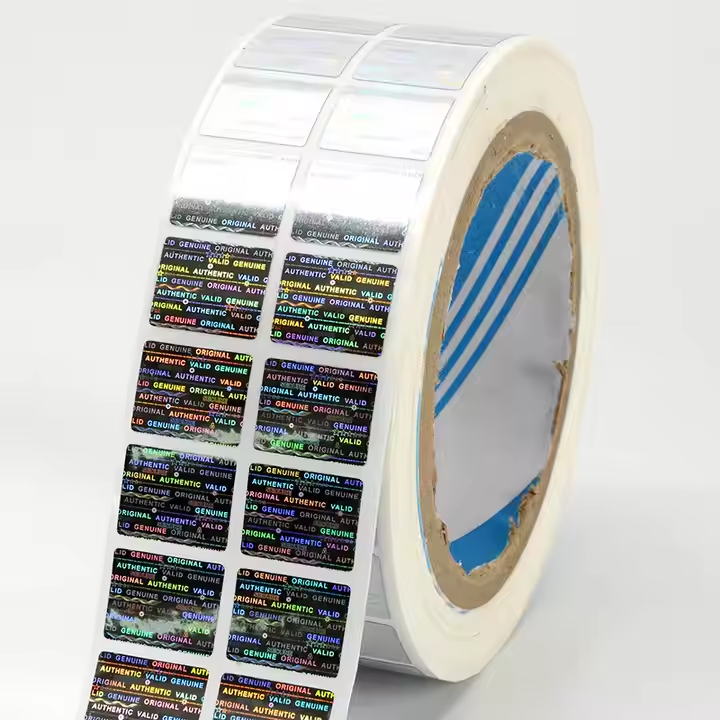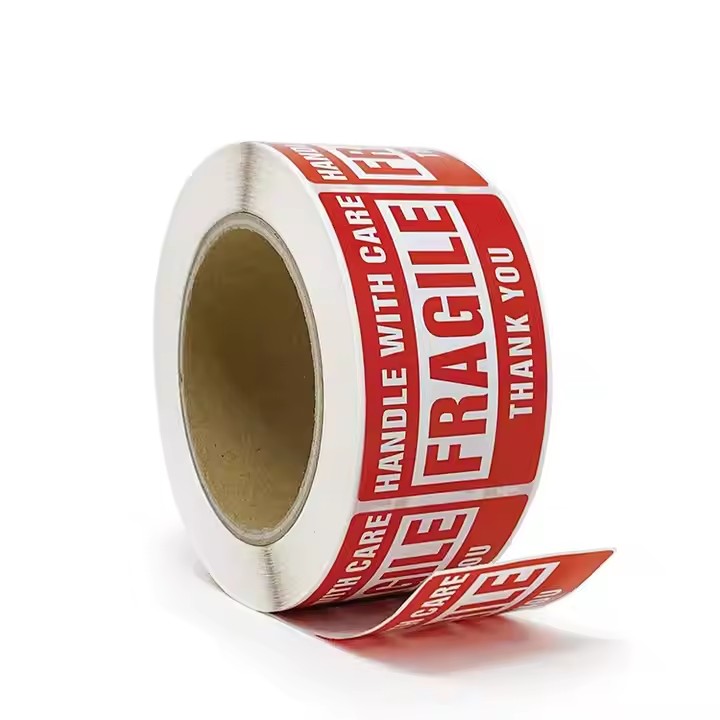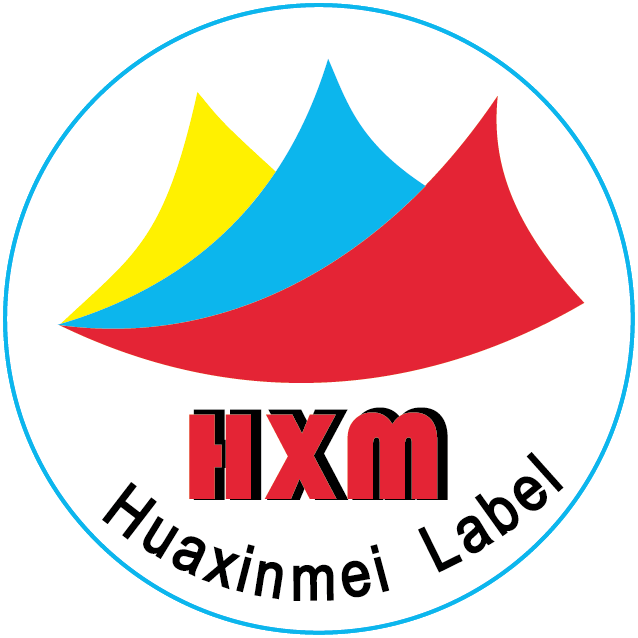Design Phase

In the process of producing labels, the goal of the factory is to continuously improve label quality. How can factories enhance cosmetic labels during production? First, they can start with the design phase by gathering accurate and comprehensive information. The label design must strictly adhere to relevant cosmetic regulations and standards to ensure all required content is included. This includes essential information such as the product name, manufacturer name and address, ingredients, net weight, production date, expiration date, production license number, and approval number (for special-use cosmetics). The information should be presented clearly and accurately, avoiding vague or ambiguous expressions. All cosmetic products must follow these detailed requirements to avoid any oversights. Additionally, cosmetic labels can include cautionary notes, such as how to handle allergies, since not all consumers can use every product, particularly those with sensitive skin. Clear explanations on the label will help consumers feel safe and cared for during use.
In the label design process, aesthetic layout is also important; a reasonable design can enhance visual appeal and readability. Font size and color combinations should be harmonious, with important information prominently displayed for quick consumer access. The label should coordinate with the overall packaging of the cosmetics, making it a highlight of the product’s appearance. Improving label quality can also incorporate brand elements. The label design should align with the cosmetic brand’s style and positioning, integrating unique brand elements such as logos, colors, and slogans to enhance brand recognition and memorability, thereby elevating brand image and value. For example, if the product is from a high-end brand, the label design should be simple and elegant, reflecting the brand’s identity, making it easier for consumers to remember.

Material Selection
Another important method to improve cosmetic labels is to focus on the quality of the paper used. High-quality paper materials, such as those with good water resistance, abrasion resistance, and tear resistance, should be chosen to ensure the labels do not easily get damaged, deformed, or fade during use. For labels requiring special effects, such as metallic or holographic finishes, appropriate specialty paper should be selected. Water resistance is crucial, as cosmetics are typically stored near sinks, where consumers often wash their faces before application.
The adhesive quality is also very important, as it directly affects the label’s adhesion. Adhesives that are moderately sticky and durable should be used to ensure that labels adhere firmly to cosmetic packaging without leaving excessive residue when removed, maintaining the packaging’s aesthetic appeal. If the adhesive is not strong enough, labels may easily peel off, causing inconvenience to consumers and leaving a negative impression. To enhance label quality, using high-quality inks is beneficial. The ink should ensure that printed text and images are clear, vibrant, and long-lasting. It should have good adhesion and light resistance, preventing fading or blurring, especially for cosmetics that need to be stored for long periods or used in special environments.

Printing Process
Improving label quality can also be achieved through advanced printing techniques. High-precision printing can enhance label quality. Utilizing advanced printing equipment and technology ensures the accuracy and quality of the print. The printed text and images should be clear and sharp, with colors that are accurate and vivid, avoiding issues like blurriness, ghosting, or color discrepancies. For small text and complex patterns, high-precision printing techniques are necessary to ensure clarity and recognizability.
Special printing techniques, based on design requirements and product characteristics, can also be applied, such as hot stamping, UV printing, or embossing, to enhance the label’s texture and visual appeal. Sophisticated printing technology can significantly improve print quality, resulting in clear and distinct labels that consumers can easily associate with the product brand, promoting repeat purchases. After the labels are produced, quality inspections must be conducted to ensure consistent quality across all labels. During printing, it is crucial to strengthen quality checks to identify and correct any issues promptly. Methods like sampling and online inspections can be employed to conduct comprehensive quality assessments of printed labels, ensuring each label meets quality standards.

Post-Processing
For labels that have already been produced, quality can be enhanced through post-processing techniques. Precision die-cutting can be employed to cut the printed label materials into the required shapes. The precision of die-cutting directly impacts the shape and size accuracy of the labels, so high-precision, stable die-cutting equipment should be chosen, with strict control over die-cutting parameters and processes to ensure accurate dimensions and neat edges.
The final step involves waste removal, which is the process of eliminating excess material from the label. Waste removal should be thorough to avoid leftover debris affecting the label’s adhesion and usability. Care should also be taken to protect the labels during waste removal to prevent damage. Excess label material must be removed to ensure product quality.

Quality Control
Establishing a quality management system is essential. Factories should implement a comprehensive quality management system, setting strict quality standards and inspection processes for every stage of label production. From raw material procurement, design, printing, and post-processing to final packaging, rigorous quality inspections must be performed to ensure that each stage meets the required standards.
Training personnel to strengthen quality awareness and operational skills is also critical. Production staff should be familiar with label production processes and technical requirements, adhering strictly to operational procedures to prevent quality issues caused by human factors. Additionally, controlling the production environment is vital; maintaining cleanliness, dryness, and ventilation in the production area helps prevent environmental factors from affecting label quality. This is particularly important for materials and printing processes that have higher environmental requirements, where temperature, humidity, and light conditions must be strictly controlled.



